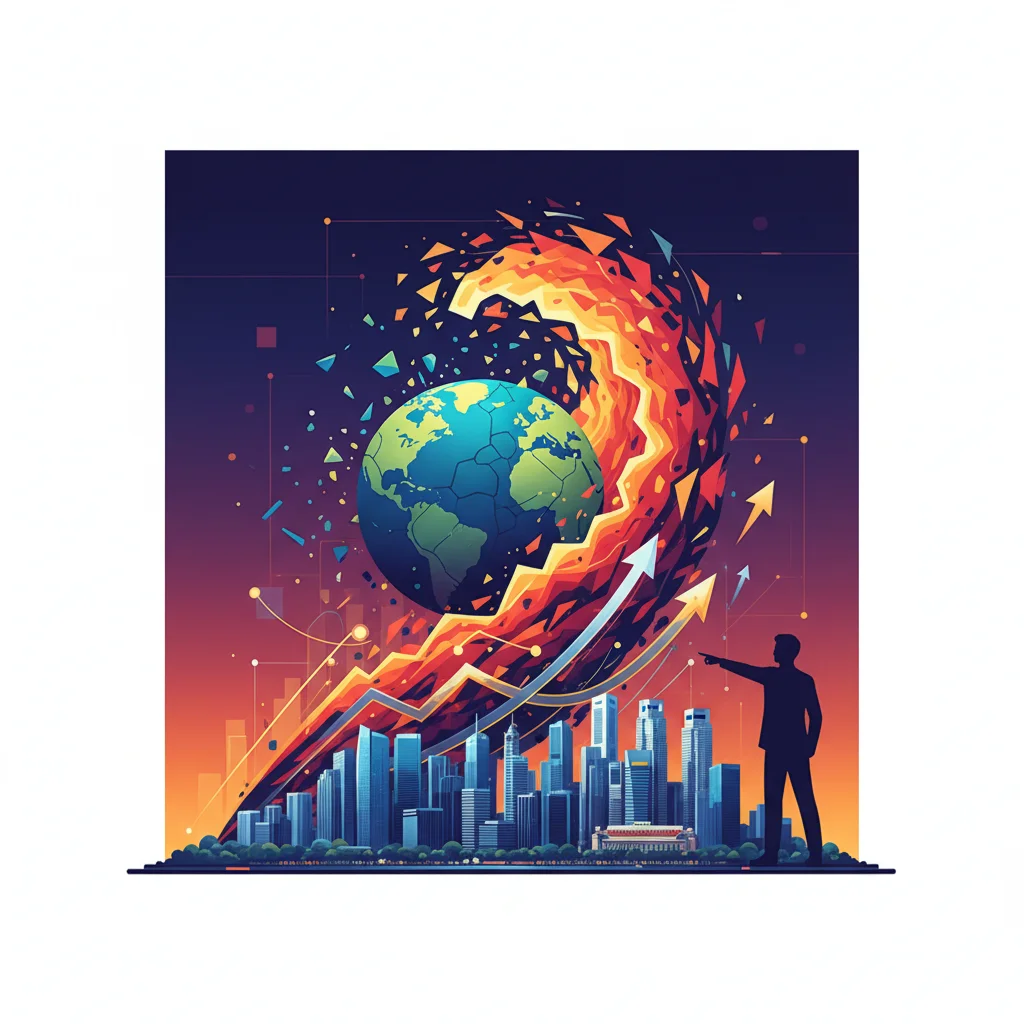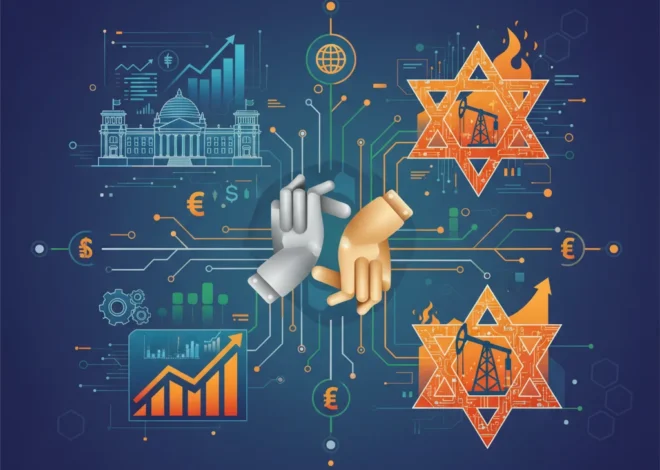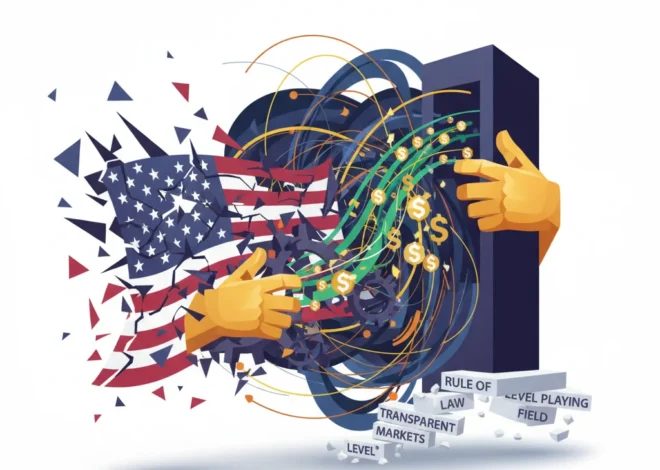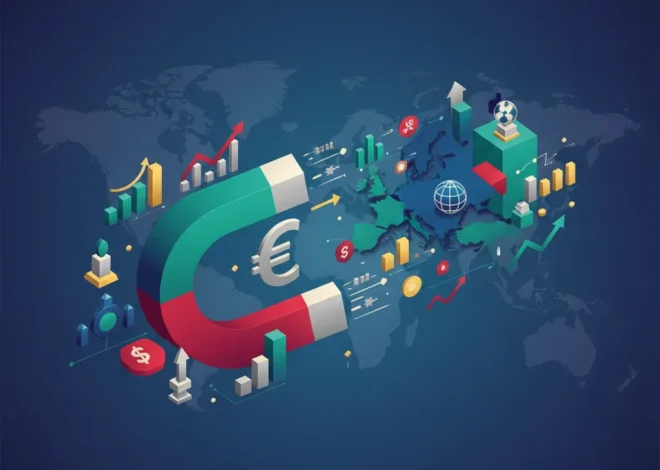
The Post-American World: Singapore’s PM Warns of Turbulence, Here’s How Investors Should Prepare
The era of undisputed American dominance that has defined global economics and finance for decades is drawing to a close. A new, more complex, and potentially more volatile chapter is beginning. This isn’t a distant academic theory; it’s a present-day reality articulated by one of the world’s most astute geopolitical observers, Singapore’s Prime Minister Lawrence Wong. In a candid interview with the Financial Times, Wong delivered a stark message: “we are in the midst of a great transition to a multi-polar world,” and the journey ahead will be turbulent.
For investors, business leaders, and anyone involved in the global economy, this isn’t just background noise. It’s a fundamental paradigm shift that will reshape supply chains, redefine capital flows, and challenge long-held assumptions about risk and growth. Understanding the contours of this “post-American” order is no longer optional—it’s essential for survival and success in the decade to come.
From Unipolar Stability to Multipolar Volatility
For over 30 years, since the end of the Cold War, the world has operated under a largely unipolar system, with the United States at its center. This framework, while not without its flaws, provided a degree of predictability. The U.S. dollar was the undisputed global reserve currency, the U.S. Navy secured global trade routes, and American-led institutions like the World Bank and IMF set the rules of the global financial game. This stability underpinned an era of unprecedented globalization, benefiting the stock market and international trade.
However, as Prime Minister Wong highlights, this system is fracturing. We are not moving toward a bipolar world, a simple G2 of the U.S. and China, but a more fragmented “multi-polar” one. This new order will feature several centers of power—including the U.S., China, the European Union, India, Russia, and other influential regional players—all vying for influence. As Wong stated in his interview with the FT, this transition is fraught with risk, as the established “rules of the game are being contested.”
To better understand this shift, consider the key differences between these two world orders:
| Characteristic | Unipolar World Order (c. 1991-2010s) | Multipolar World Order (Emerging) |
|---|---|---|
| Power Structure | Dominated by a single superpower (USA) | Multiple competing centers of power (USA, China, EU, India, etc.) |
| Global Economy | Hyper-globalization, integrated supply chains | Regionalization, “friend-shoring,” and fragmented trade blocs |
| Financial System | Dominated by the U.S. Dollar and SWIFT system | Rise of alternative currencies and payment systems (e.g., CIPS, CBDCs) |
| Technology | Largely open and interconnected global standards | Competing tech ecosystems (“splinternet”), tech nationalism |
| Investor Outlook | Focus on efficiency, growth, and market access | Focus on resilience, geopolitical risk, and supply chain security |
This transition has profound implications for the global economy. The era of optimizing for pure cost efficiency is over. Now, the watchwords are resilience and security. This is a seismic shift for businesses and a critical new variable in the economics of investing.
The Great Fragmentation: De-Risking, De-Coupling, and De-Dollarization
A multipolar world naturally leads to economic fragmentation. We are already witnessing this through several key trends. The concept of “de-risking” from China, championed by the U.S. and Europe, is forcing a historic reconfiguration of supply chains. Companies are no longer asking only “Where can we produce this cheapest?” but “Where can we produce this most securely?”
This isn’t just a political talking point; it’s a boardroom reality impacting everything from semiconductor manufacturing to pharmaceuticals. This shift creates winners and losers. Countries like Vietnam, Mexico, and India are benefiting from this “friend-shoring” trend, while the interconnected global trading system that powered the last three decades is under strain. The International Monetary Fund has warned that this type of geopolitical fragmentation could reduce global economic output by up to 7% in the long term (source).
Beneath this lies a more fundamental challenge to the existing financial architecture: the slow-burn trend of de-dollarization. While the U.S. dollar remains dominant, its supremacy is no longer unquestioned. The weaponization of the dollar through sanctions has prompted countries like China, Russia, and others in the BRICS bloc to actively seek alternatives for trade and reserves. This has major implications for banking, international finance, and the stability of the global monetary system.
Fintech and Blockchain: Accelerants or Bridges in a Divided World?
Technology is not a passive observer in this global realignment; it’s a key battleground and a potential accelerant of fragmentation. The U.S.-China tech war, particularly in semiconductors and AI, is the most visible front. This rivalry is creating two parallel tech ecosystems, forcing other nations to choose sides and complicating global operations for tech companies.
However, financial technology (fintech) could play an even more disruptive role. The development of Central Bank Digital Currencies (CBDCs), particularly China’s digital yuan (e-CNY), offers a direct technological pathway to bypass the dollar-dominated SWIFT system for cross-border transactions. According to the Atlantic Council’s CBDC tracker, over 130 countries, representing 98% of global GDP, are now exploring a CBDC (source). This is a monumental shift in the plumbing of the global banking and finance system.
Similarly, blockchain technology and decentralized finance (DeFi), while still nascent, present a wild card. They could either offer neutral, non-aligned financial rails that bridge competing geopolitical blocs or further balkanize the financial world by creating closed, permissioned systems aligned with specific national interests. The future of financial technology is inextricably linked to this geopolitical great game.
The Haiku That Captured a Global Tax Headache: Deconstructing the Economics of Property Levies
A New Playbook for Investing in an Age of Turbulence
So, how should investors and business leaders adapt their strategies? The old playbook, optimized for a globalized, unipolar world, is obsolete. A new one, built on principles of resilience, diversification, and geopolitical awareness, is required.
- Geographic Diversification 2.0: True diversification now means more than just having exposure to U.S., European, and Japanese markets. It requires a nuanced understanding of the new centers of gravity. Allocating capital to regions poised to benefit from supply chain shifts, like Southeast Asia (ASEAN), India, and Mexico, is crucial.
- Prioritize Resilient Businesses: The premium on resilience has never been higher. Investors should favor companies with robust balance sheets, diversified supply chains, strong pricing power, and the ability to navigate complex regulatory environments. The stock market will reward companies that can withstand shocks, not just those optimized for fair-weather growth.
- Re-evaluate Currency Risk: In a world where the dollar’s dominance is being chipped away, currency exposure is a more significant risk. Hedging strategies and diversification into other currencies or assets priced in them (like gold or other commodities) will become increasingly important components of portfolio construction.
- Invest in the Enablers of Fragmentation: Every major shift creates new winners. Companies in sectors like cybersecurity, logistics and supply chain technology, robotics and automation, and local energy production are positioned to thrive in a more fragmented and security-conscious world. This is where strategic trading and thematic investing can uncover significant opportunities.
The transition to a multipolar world, as Lawrence Wong warns, will not be smooth. It introduces a level of systemic risk and uncertainty not seen in generations. The “peace dividend” that followed the Cold War and buoyed the global economy is over.
Truce on a Knife's Edge: Decoding the Economic Tremors of the Gaza Ceasefire for Global Investors
However, this new era is not just one of peril but also of immense opportunity. The reordering of the global economy will create new markets, spur innovation in financial technology, and reward those who can anticipate and adapt to change. For investors and leaders who are willing to look beyond the immediate turbulence and understand the deep structural shifts at play, the rewards for navigating this new world order will be substantial. The warning from Singapore is clear: the storm is coming, and it’s time to prepare the ship.


